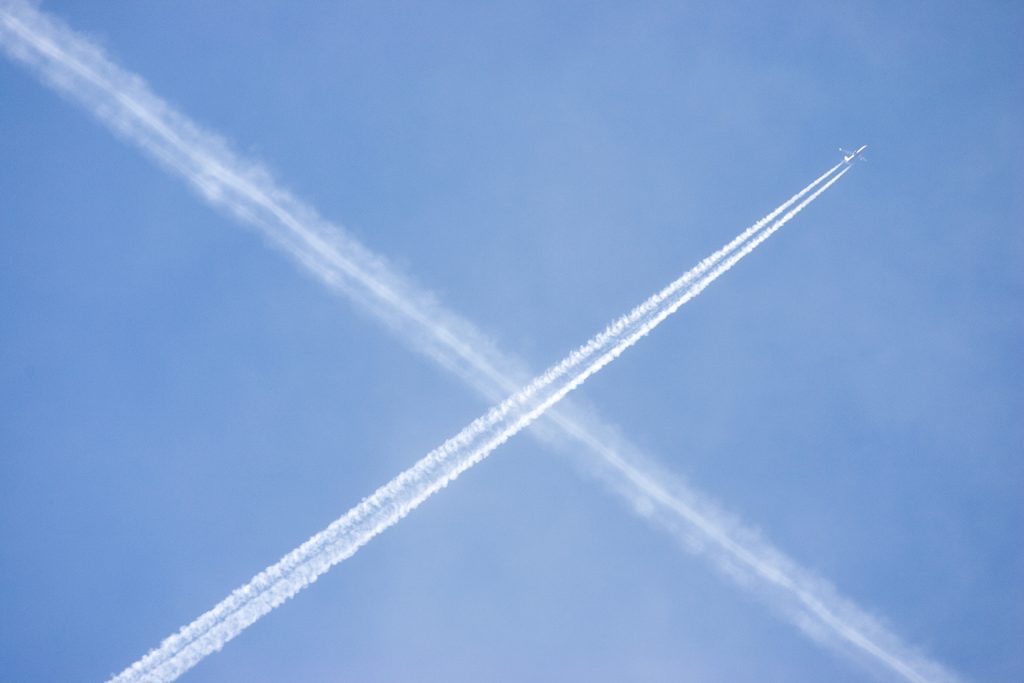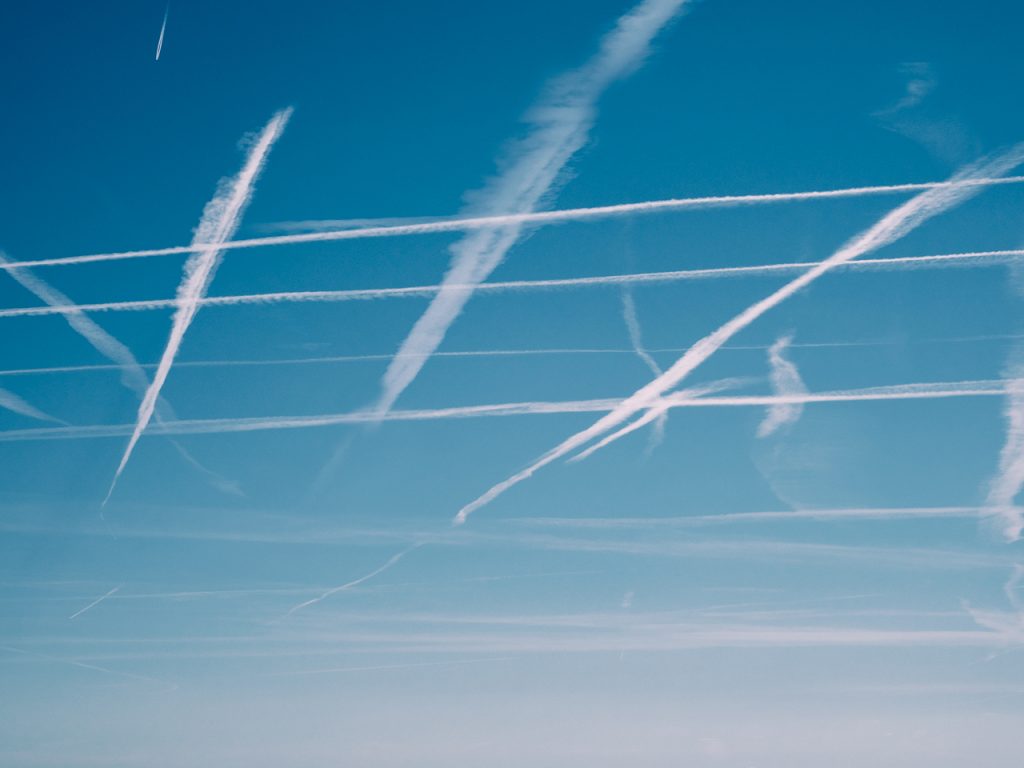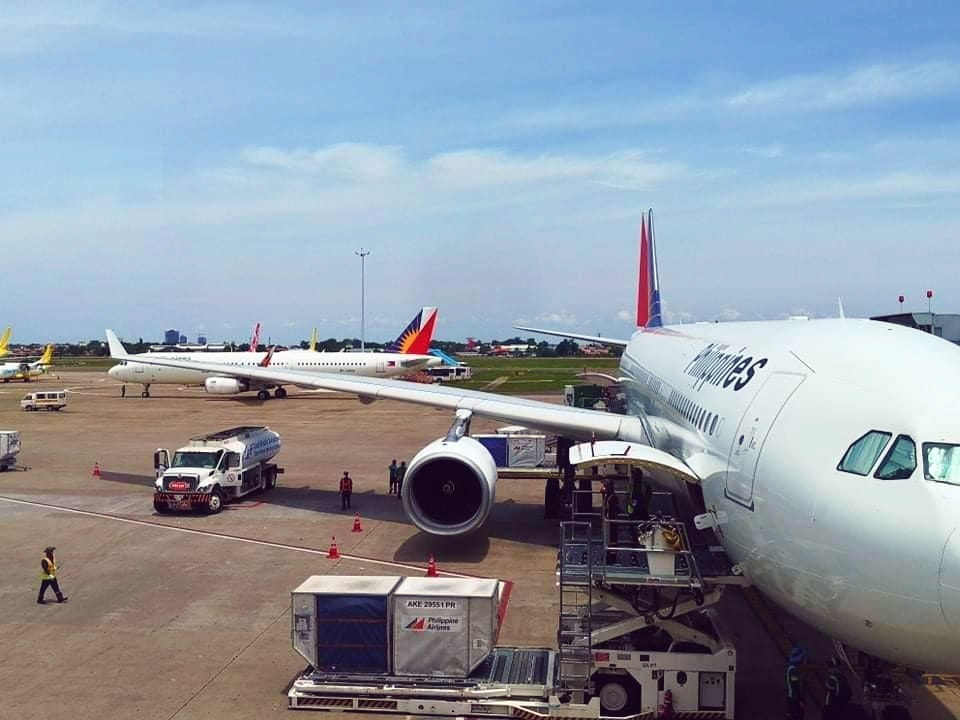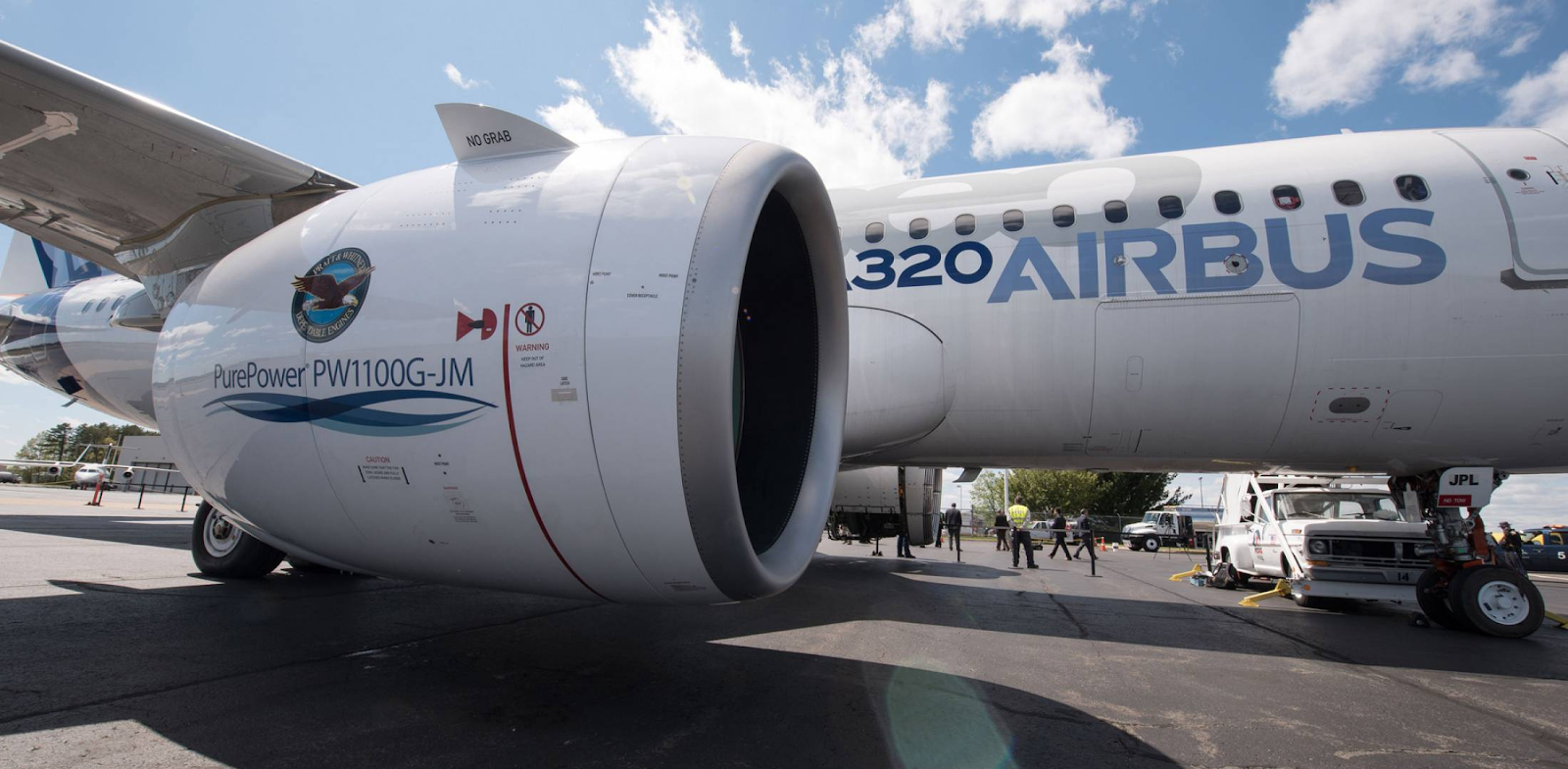Have you ever looked up and wondered, “What are those white lines in the sky?”
You’re not alone. Those long, white trails—sometimes looking like fluffy cotton, other times like crisp, sharp lines—are called contrails. But you know what? Some people think they’re something more sinister. Honestly, it’s fascinating how a simple phenomenon can stir up so much speculation. Let’s dive in—not too deep, just enough to get the gist of it—and clear the air, so to speak.
So, contrails are basically artificial clouds. “Artificial clouds”? Yep. That’s exactly what they are. They form when hot, humid exhaust from airplane engines mixes with the cold, low-pressure air of the upper atmosphere. And how does that happen? Well, it’s all about water vapor. Jet fuel is a hydrocarbon, and when it burns, it produces water vapor as one of its byproducts. That hot water vapor shoots out of the engine, and bam! It hits that frigid air I mentioned.
Now, if the air is cold enough and humid enough, that water vapor condenses and freezes almost instantly around tiny particles in the exhaust—stuff like soot and sulfates. This is similar to how your breath fogs up on a cold day, only on a much, much grander scale. Those tiny ice crystals are what we see as contrails. They’re clouds, just like any other cloud, just… man-made.
Not all contrails are created equal
Ever notice how some contrails disappear quickly while others linger, spreading out and forming a hazy overcast? That’s because it all depends on the atmosphere’s condition at that particular time and place. We’re talking about humidity and temperature, primarily.
Short-lived contrails form when the air is relatively dry. The ice crystals in these contrails quickly evaporate, and they disappear within minutes. It’s like drawing on a chalkboard only to have it swiftly erased. These are pretty harmless and really just a fleeting visual spectacle. They happen, we see them, they’re gone. No big deal.
But then you have the persistent contrails. These form when the air is humid. The ice crystals in these contrails don’t evaporate. Instead, they actually grow, drawing in more moisture from the surrounding air. They can last for hours and spread out over huge areas, sometimes forming a sort of artificial cirrus cloud cover. And here’s where things get a bit… controversial. Some people believe that these persistent contrails are not just water vapor, but something else entirely, something more nefarious. We’ll touch on that later. But the science? It points to humidity and ice crystals. Nothing more.

So, they’re just water vapor then, right?
Well, like I hinted at earlier, not everyone agrees that contrails are simply harmless water vapor. Some theories suggest that these persistent contrails are actually “chemtrails,” containing harmful chemicals deliberately released into the atmosphere. You might have seen this online, right? It’s quite a popular idea out there.
Now, where did this idea come from? It’s hard to say, precisely, but it seems to stem from a distrust of government and a belief in secret conspiracies. The idea is that these chemicals are part of some large-scale, clandestine operation, perhaps for weather modification, population control, or even some kind of biological warfare experiment. Honestly, the claims are quite varied and sometimes, quite frankly, a bit outlandish.
However, the overwhelming scientific consensus is that there’s no evidence to support the chemtrail theory. Numerous studies have been conducted, and they all point to the same conclusion: contrails are just water vapor. There’s simply no credible evidence of any widespread, systematic spraying of chemicals from aircraft. And scientists, you know, aren’t generally the type to be in on some grand conspiracy. They’re the kind who love poking holes in things, not covering them up. The data, the studies, the chemistry – it all adds up. Contrails are water vapor.
Contrails do have an impact
Even if they’re just water vapor, contrails can still affect our environment. And I think it’s important to acknowledge this, and not just brush it off. Because, they do! Persistent contrails, because they form those artificial cirrus clouds, can trap heat in the atmosphere, contributing to global warming. It’s like adding a thin, but widespread, blanket. It’s a pretty well-established effect at this point in climate science.
Think of it this way: clouds, both natural and man-made, can reflect sunlight back into space, cooling the planet. But they can also trap heat radiating from the Earth’s surface, warming the planet. It’s all a bit of a balancing act, this whole cloud thing. And what kind of effect a cloud has, warming or cooling, depends on things like how high up they are, how thick they are, and what they’re made of. Now, cirrus clouds, both natural and the ones formed from persistent contrails, tend to be pretty good at trapping heat.
So, while contrails themselves aren’t “pollution” in the traditional sense, they do have an indirect effect on our climate. And it’s something that researchers are continuing to study and understand. It’s not quite as simple as saying “good” or “bad”. It’s complicated, just like most things in the atmosphere.

So, what can we do, if anything?
Well, the most obvious solution is to reduce air travel. But, yeah, that’s easier said than done, right? Air travel is a big part of our modern lives, connecting people and goods across the globe. It’s not like we can just snap our fingers and stop flying.
However, there are things that can be done to mitigate the impact of contrails. Researchers are exploring ways to make jet engines more efficient, producing less water vapor in the first place. They are also looking into alternative fuels that could reduce contrail formation. It’s all about innovation and finding those incremental improvements that can add up to a big difference over time. You know, baby steps.
And, of course, there are broader efforts to address climate change in general, such as transitioning to renewable energy sources and improving energy efficiency across all sectors. Because, remember, contrails are just one piece of a much larger, more complex puzzle. It’s not just flying that’s having an impact. It’s everything.
So, next time you look up and see those white streaks across the sky, you’ll know a little bit more about what they are and where they come from. They’re a testament to our ingenuity and our ability to travel the world, but also a reminder of the impact we have on the planet. And maybe, just maybe, you’ll pause and think about the complex interplay between human activity and the natural world, a world that’s both beautiful and fragile. It’s a good reminder, honestly. It really is.
























Leave a comment